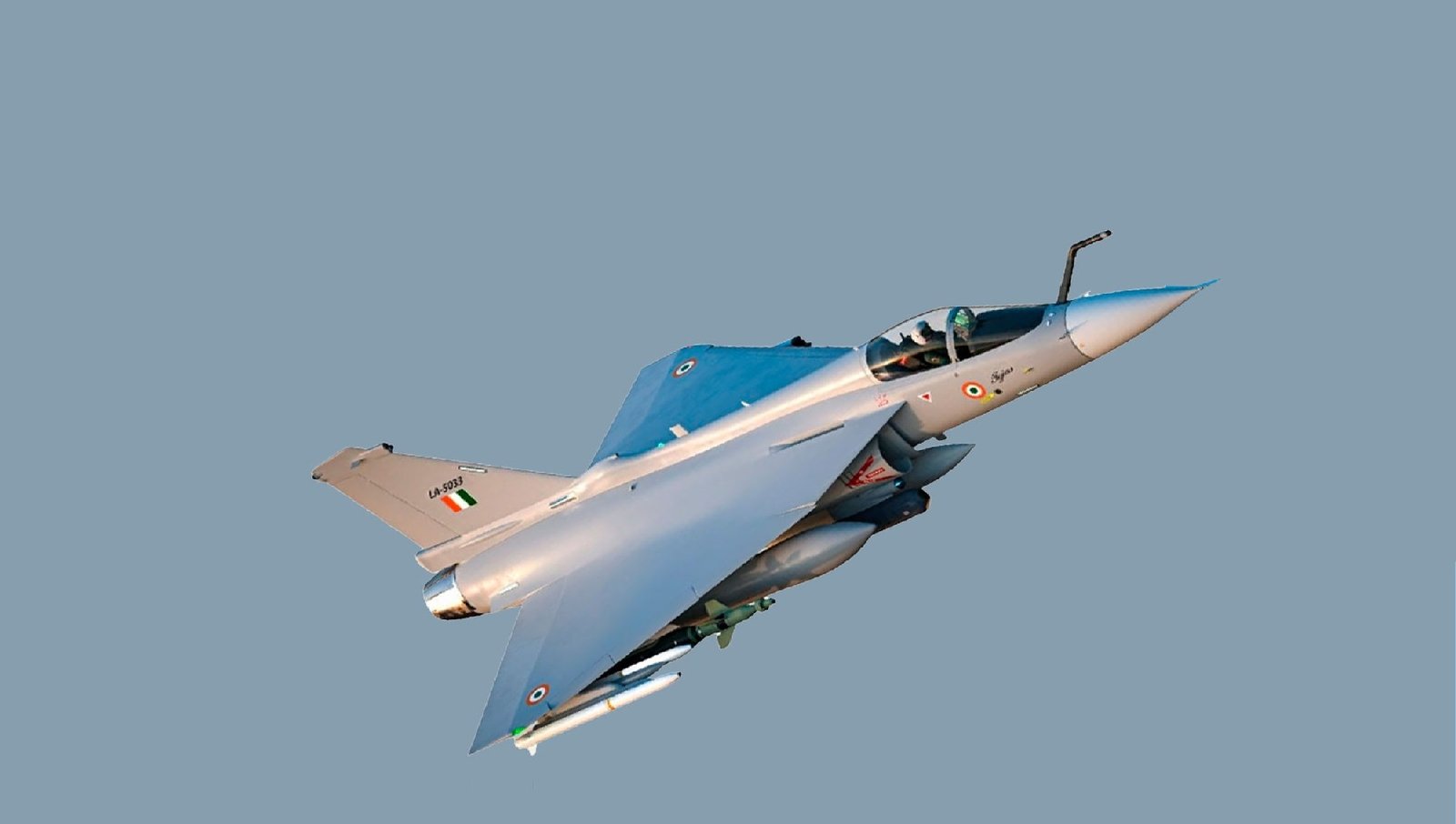
CCS approves additional order for 97 Additional Tejas Mk1A Fighters: A Boost to India’s Aerospace Power
Thursday, August 21, 2025 : In a landmark decision that reinforces India’s commitment to indigenous defense technologies, the Cabinet Committee on Security (CCS) has approved the procurement of 97 additional Tejas Mk1A fighter jets for the Indian Air Force (IAF). This expansion comes on top of an earlier order for 83 aircraft, taking the total number of Tejas Mk1A fighters on track toward induction firmly past the 180-mark.
A Push Towards Self-Reliance in Defense
The Tejas Mk1A program is a product of decades of innovation and persistence by Hindustan Aeronautics Limited (HAL) and the Defence Research and Development Organisation (DRDO). While the initial stages of the Light Combat Aircraft (LCA) program were marred by delays and technological hurdles, the Mk1A variant represents a maturing ecosystem of Indian aeronautical engineering.
The CCS approval signals more than just an acquisition; it strengthens the government’s “Aatmanirbhar Bharat” vision where critical military hardware is increasingly designed, produced, and maintained within the country.
Key Features of the Tejas Mk1A
The Mk1A variant incorporates several advances over the baseline Mk1, positioning it as a reliable frontline asset for the IAF in the light-to-medium combat spectrum. Among its notable features:
- Advanced Radar Systems: Featuring an AESA radar that enhances situational awareness and targeting capacity.
- Modern Electronic Warfare Suite: Improved protection against contemporary threats in contested airspace.
- Reduced Weight and Easier Maintenance: Refinements in design for greater sortie generation and quick turnaround times.
- Enhanced Weapons Integration: Compatibility with a wider array of precision weapons, including indigenous air-to-air and air-to-surface systems.
Altogether, these upgrades ensure that the Tejas Mk1A is not just a stop-gap measure but a potent fighter optimized for India’s defense needs.
Strategic Significance for the IAF
The Indian Air Force has long grappled with dwindling squadron strength, primarily due to the phasing out of legacy aircraft such as the MiG-21s. The induction of around 180 Tejas fighters in a phased manner will restore confidence in maintaining a robust fleet strength. Equally important, it will reduce the reliance on expensive imports, balancing operational readiness with economic prudence.
Strategically, the Tejas Mk1A fits well into India’s layered airpower structure. While heavyweight fighters such as the Su-30MKI and upcoming Rafale squadrons provide deep strike capabilities, the Tejas fills a critical role in air defense, point protection, and tactical strike missions. Its indigenous origin also translates into greater control over upgrades, spare management, and mid-life enhancements—something imported fighters often restrict.
Industrial and Economic Ripple Effects
The approval of nearly a hundred more Tejas aircraft represents one of the largest single defense deals fully anchored in the domestic aerospace sector. HAL, along with a network of over 500 Indian micro, small, and medium enterprises (MSMEs), will be engaged in design, parts manufacturing, avionics, software, and testing.
The multiplier effect stretches beyond defense—contributing to skilled employment generation, enhanced R&D capacity, and strengthening of India’s position as a credible exporter of defense technologies. There are already international inquiries for the Tejas, and this large domestic order reassures potential buyers of long-term logistic and production stability.
Looking Ahead
The Tejas Mk1A is not the end state of the LCA program but rather a foundation steppingstone toward the Tejas Mk2 and eventually the Advanced Medium Combat Aircraft (AMCA) program. With CCS approval backing this large-scale procurement, India is effectively signaling its industry to move forward aggressively in scaling up production capacities, refining technologies, and nurturing tomorrow’s aerospace leaders.
Conclusion
The CCS approval of 97 additional Tejas Mk1A fighters marks a defining moment not just for the Indian Air Force, but also for India’s aerospace industry and strategic autonomy. Strengthening squadron numbers, reducing foreign dependence, boosting domestic innovation, and shaping the trajectory for future combat aircraft—all converge in this landmark decision.
In many ways, the Tejas story epitomizes India’s journey: challenging in its earlier years, yet steadily evolving into a confident, self-sufficient, and forward-looking force in the global defense landscape.
